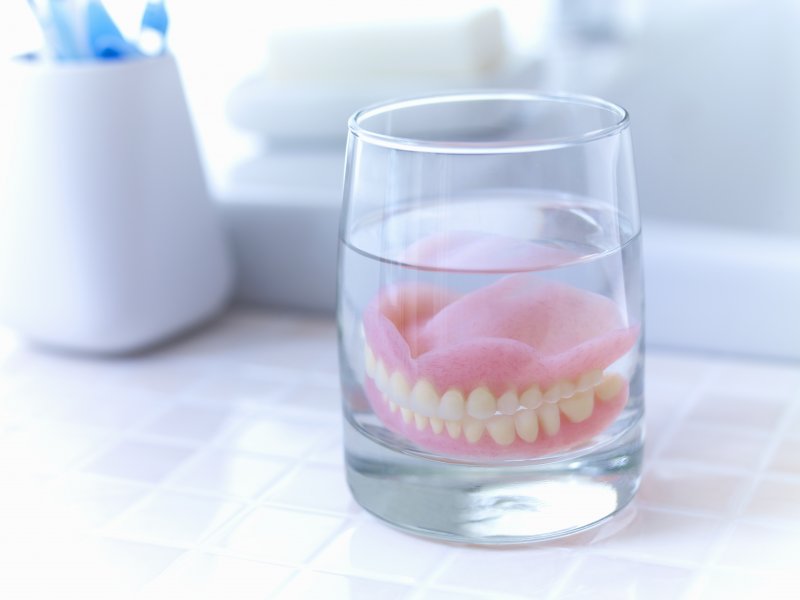
While replacing missing teeth has become much more accessible and success full in recent times, it isn’t a new thing. However, tooth replacement options haven’t always been as comfortable as dentures in Hamden are today. In fact, dentures go back much further than you may think, and they have come a long way since then. Continue reading to learn more about the beginning and evolution of dentures throughout the years.
The Start of False Teeth
Humans have been coming up with creative ways to replace missing teeth for a long time. It is believed that they go all the way back to 700 B.C. when the Etruscans of ancient, Norther Italy constructed them with human or animal teeth. They were tied together with gold wiring. This seems to be more of a cosmetic fix rather than functional. Across the ocean, indigenous Mexican tribes would replace their teeth with the teeth of wolves. They were inserted into the spaces where missing teeth were. Ancient Mayans used carved stones, bones, and even seashells to replace their teeth. These material would fuse to the jawbone in order to create a permanent fix.
The First Dentures
The earliest surviving set of complete dentures were made out of wood in 16th century Japan. They relied on the same type of suction technique that is used today in order to hold them in place. Over time, they would begin to include real human teeth or teeth made from animal horn.
If you have heard about George Washington’s wooden dentures, you weren’t told the truth. Even though Washington did wear dentures, they were actually made from a carved hippopotamus ivory plate that included human, horse, and donkey teeth. We can now conclude that this set of dentures wasn’t very fresh smelling. They would become stained, uncomfortable, and release an odor over time.
The demand for dentures increased significantly in the 1800s when the sugar consumption in Europe skyrocketed. At this point, teeth were collected from people who died in battle, executed criminals, and poor people who would sell them for a quick buck. Even though the dentures of the time were very uncomfortable, they were still very expensive and only worn by the wealthy people who could afford them.
It wasn’t until 1774 when a British physician named Alexis Duchateau invented the first set of porcelain dentures after his hippopotamus dentures began to rot. However, they weren’t entirely successful at first. Eventually, he began working with a British dentist, and they created and patented a more durable version in 1791.
Modern Dentures
Dentures today are made from acrylic resin that matches natural gum tissue. The artificial teeth are made from durable acrylic and are available in many different shapes and colors. This way, patients are left with a more attractive, natural appearance. Dentures can be refitted and replaced by your dentist over time to ensure that they are still functioning well and looking great. If you have dentures today, it is unlikely that anyone will be able to tell that you are wearing them.
Dentures have been around for a while, but they have changed a lot. Today, they are more practical and can be lifechanging for someone who is missing most of or all of their teeth!
About the Author
Dr. Ronald J. D’Andrea earned his Doctor of Dental Medicine from the University of Connecticut School of Dental Medicine. He is currently a member of the American Dental Association and the Connecticut State Dental Association. To learn more about dentures or to schedule an appointment at his office in Hamden, CT, visit his website or call (203) 288-0951.






